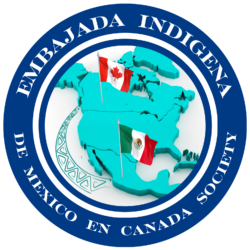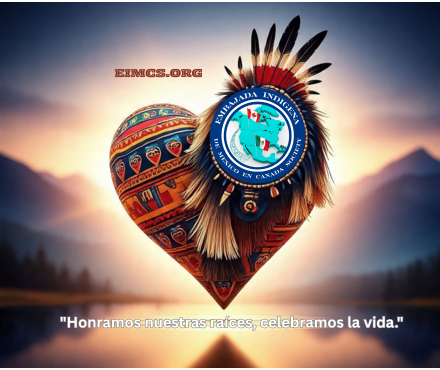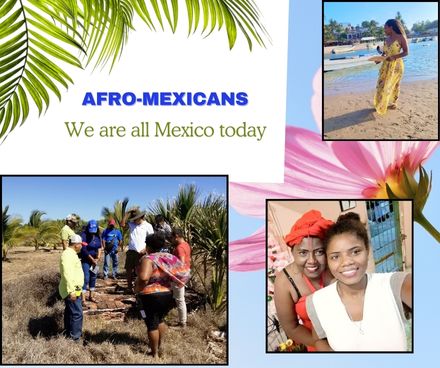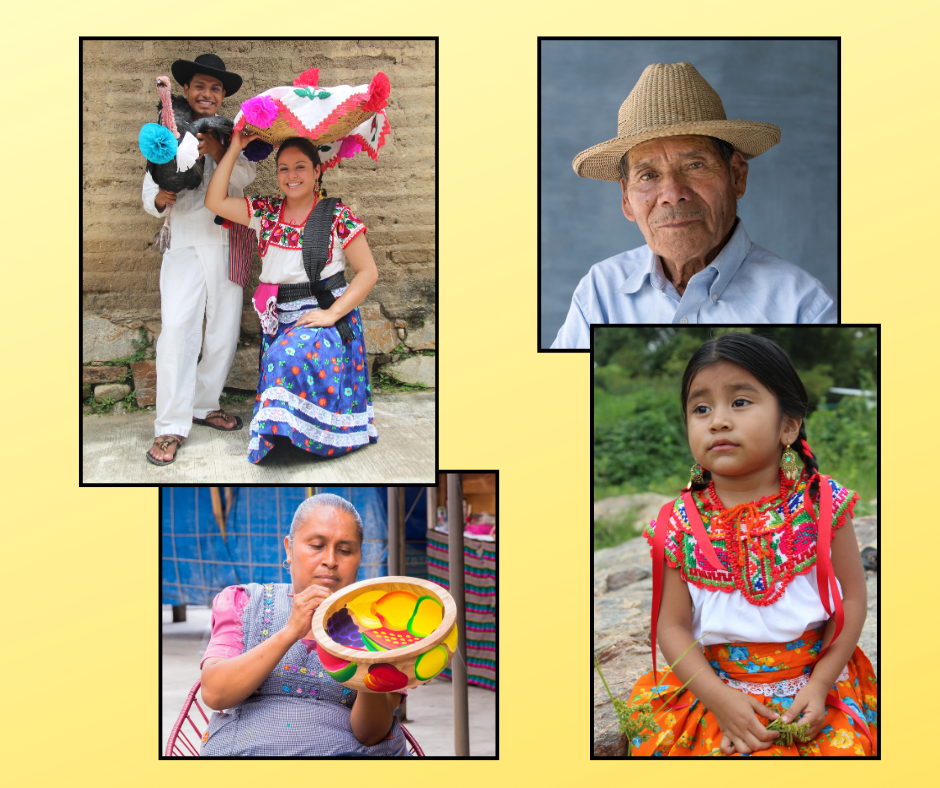![]()
Traditions and Sustainable Technology for Indigenous Peoples. It is the way of today

The importance of technology for Indigenous communities in Mexico and around the world lies in its potential to enhance cultural preservation, improve living conditions, and foster sustainable development. The implementation of science and innovation in the fields of agriculture, education, and healthcare has the power to bridge gaps between traditional knowledge and modern solutions, creating a harmonious blend that benefits both the environment and the people.
In Mexico, many Indigenous communities have a deep-rooted connection to their ancestral lands and practices. By integrating technology with these traditions, they can preserve their languages, customs, and ecological knowledge while adapting to new challenges such as climate change, resource depletion, and economic inequalities. For example, the use of modern tools in agriculture can increase productivity and sustainability while respecting traditional farming techniques, ensuring that the environment is protected for future generations.
The Indigenous Embassy of Mexico in Canada plays a vital role in this context by fostering collaboration and dialogue between Mexican Indigenous peoples and international organizations, governments, and the global Indigenous community. It supports the dissemination of knowledge, encourages the exchange of innovations, and advocates for the rights of Indigenous peoples. The Embassy helps create a platform for their voices to be heard on the international stage, ensuring that their needs and contributions are recognized, particularly in the areas of technology, culture, and the environment.
By empowering Indigenous communities through technology, science, and innovation, we pave the way for a future where these communities not only preserve their cultural heritage but also thrive in the modern world, contributing to the global conversation on sustainability, diversity, and human rights.
There are various types of technology that can benefit Indigenous and Afro-Mexican communities, helping them preserve their cultural heritage, improve their livelihoods, and address local challenges. Here are some examples and their descriptions:
Agricultural Technology
Description: Agricultural technology focuses on tools and techniques that enhance food production and sustainability. For Indigenous and Afro-Mexican communities, this may include precision farming tools, irrigation systems, and climate-resilient crops. These technologies can improve crop yields while preserving traditional farming practices and promoting environmental sustainability.Renewable Energy Technology
Description: Renewable energy technologies, such as solar, wind, and hydroelectric power, provide alternatives to traditional energy sources. These solutions are especially important in remote Indigenous and Afro-Mexican communities that may have limited access to electricity. Solar panels, for instance, can power homes, schools, and healthcare facilities, improving quality of life while reducing dependence on fossil fuels.Digital Communication Tools
Description: Digital tools like smartphones, tablets, and the internet allow Indigenous and Afro-Mexican communities to connect with the wider world, share knowledge, and promote their cultures. Social media platforms, for example, can be used to revitalize Indigenous languages, advocate for rights, and build networks. Additionally, online education tools can help improve access to learning materials.Traditional Knowledge Digitalization
Description: This technology involves the use of digital platforms to preserve and share Indigenous knowledge, such as oral histories, traditional medicine, and cultural practices. By digitizing these aspects of their heritage, communities can safeguard their traditions against loss and share them with future generations and the broader public.Water Management Technology.
Description: Technologies for managing water resources, such as rainwater harvesting systems and water purification methods, can be vital for communities in rural or arid areas. Indigenous and Afro-Mexican communities can use these technologies to improve water access, reduce waste, and maintain sustainable use of local water resources.Ecotourism and Virtual Reality (VR) Technologies
Description: Ecotourism technologies, including virtual reality experiences, allow Indigenous and Afro-Mexican communities to showcase their natural environments, history, and culture to a global audience. VR technology can offer immersive experiences that promote cultural awareness while creating economic opportunities for local communities.Health and Telemedicine Technologies
Description: Telemedicine allows healthcare access to remote or underserved areas. For Indigenous and Afro-Mexican communities, telemedicine can improve access to medical advice, diagnostics, and treatment, particularly in isolated regions where healthcare facilities may be scarce. This technology helps bridge the gap between rural communities and urban healthcare systems.Blockchain for Land Rights
Description: Blockchain technology can be used to secure and protect land rights for Indigenous and Afro-Mexican communities. By creating a transparent and immutable record of land ownership, blockchain ensures that these communities can defend their territorial rights against external pressures, such as encroachment or illegal land grabbing.
Each of these technologies provides tools to help Indigenous and Afro-Mexican communities maintain their cultural integrity while improving their socio-economic conditions, health, and environmental sustainability.





